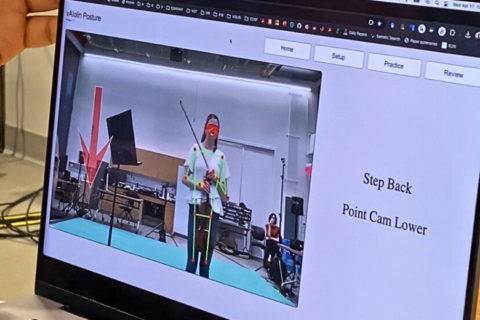This article was republished with permission from WTOP’s news partners at Maryland Matters. Sign up for Maryland Matters’ free email subscription today.
This content was republished with permission from WTOP’s news partners at Maryland Matters. Sign up for Maryland Matters’ free email subscription today.
The Maryland Transit Administration and five metro Baltimore jurisdictions announced on Thursday that they are moving forward with their joint pursuit of improved transportation options for the region.
MTA and its local partners are moving to the “implementation phase” of the Central Maryland Regional Transit Plan (RTP).
The RTP is a 25-year plan to boost public transportation in Central Maryland. It was completed last October.
In the new phase, transportation analysts will look at two new potential transit corridors — an east-west route between Bayview through downtown Baltimore to greater Ellicott City in Howard County, and a north-south transit route between Towson and downtown Baltimore.
“Those two corridors link some of the highest concentrations of jobs with neighborhoods where low-skill and mid-skill workers live — people who are likely to use public transportation,” said Brian O’Malley, head of the Central Maryland Transportation Alliance. “Those are the places where we most need better transit.”
MTA will work with local transportation leaders in Baltimore City and four surrounding counties — Anne Arundel, Baltimore, Harford and Howard — to determine whether ridership would be sufficient to warrant creating new service.
“These efforts will build on the thoroughly detailed, data-based work that went into the RTP planning process,” said MTA Administrator Kevin Quinn in a statement. “It will move us forward as a region through the greater connectivity that results from a safe, more reliable and more efficient public transit system.’’
Employers and political leaders in the Baltimore metropolitan area have long complained about the lack of a more robust transit network. Reliability issues with the existing service have also been a frustration.
“This is important for building on the system we already have, to grow ridership, improve connection between people and jobs, and address inequities in our region,” said O’Malley. “This is zooming in and taking a closer look at two corridors that emerged as high priorities.”
The project team has launched a survey of area residents to determine where they want to go, how they get around, and how they feel about “project tradeoffs.”
Survey responses are due by June 15, 2021. Information can be found at www.rtpcorridors.com. The project team can be reached at rtp@mdot.maryland.gov or 443-475-0687.
MTA expects to have a final plan in early 2022. The next phase would include the potential development of detailed engineering feasibility studies for each corridor.
“The launch of the Central Maryland Regional Transit Plan corridor studies marks an important step in creating an interconnected transit network that is reliable, convenient and accessible for all residents,” said Baltimore City Department of Transportation Director Steve Sharkey in a statement.
“I applaud the MDOT MTA for their efforts on this long-term comprehensive plan and for working collaboratively with regional partners to improve transit services, provide increased connectivity, and consider additional areas where new transit could be established.”







